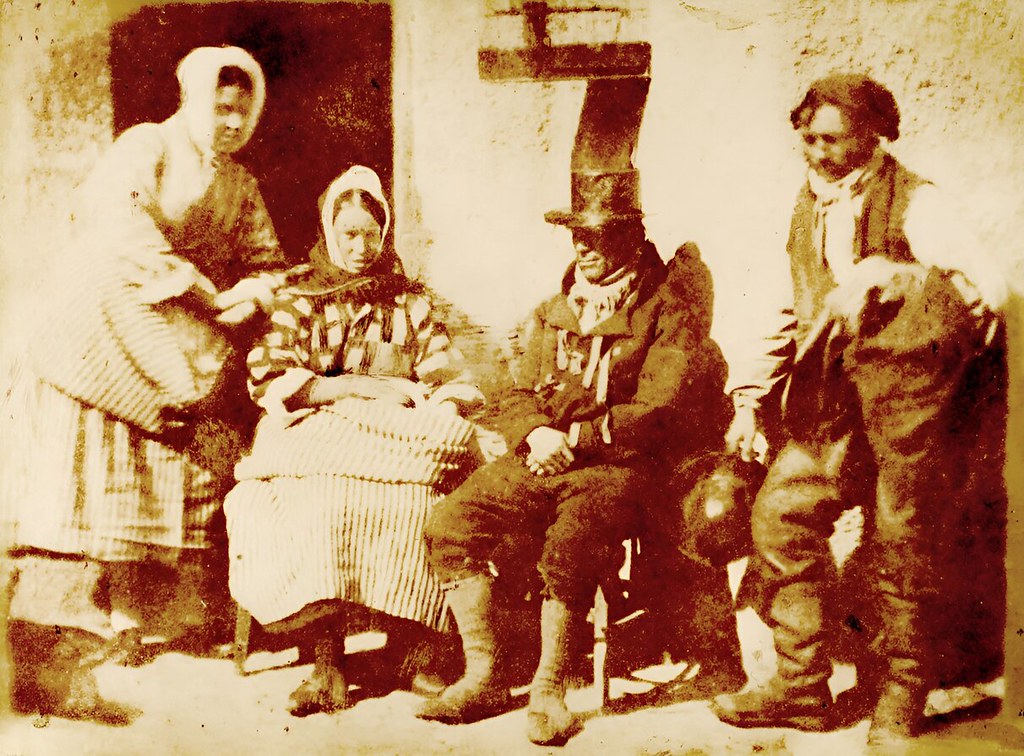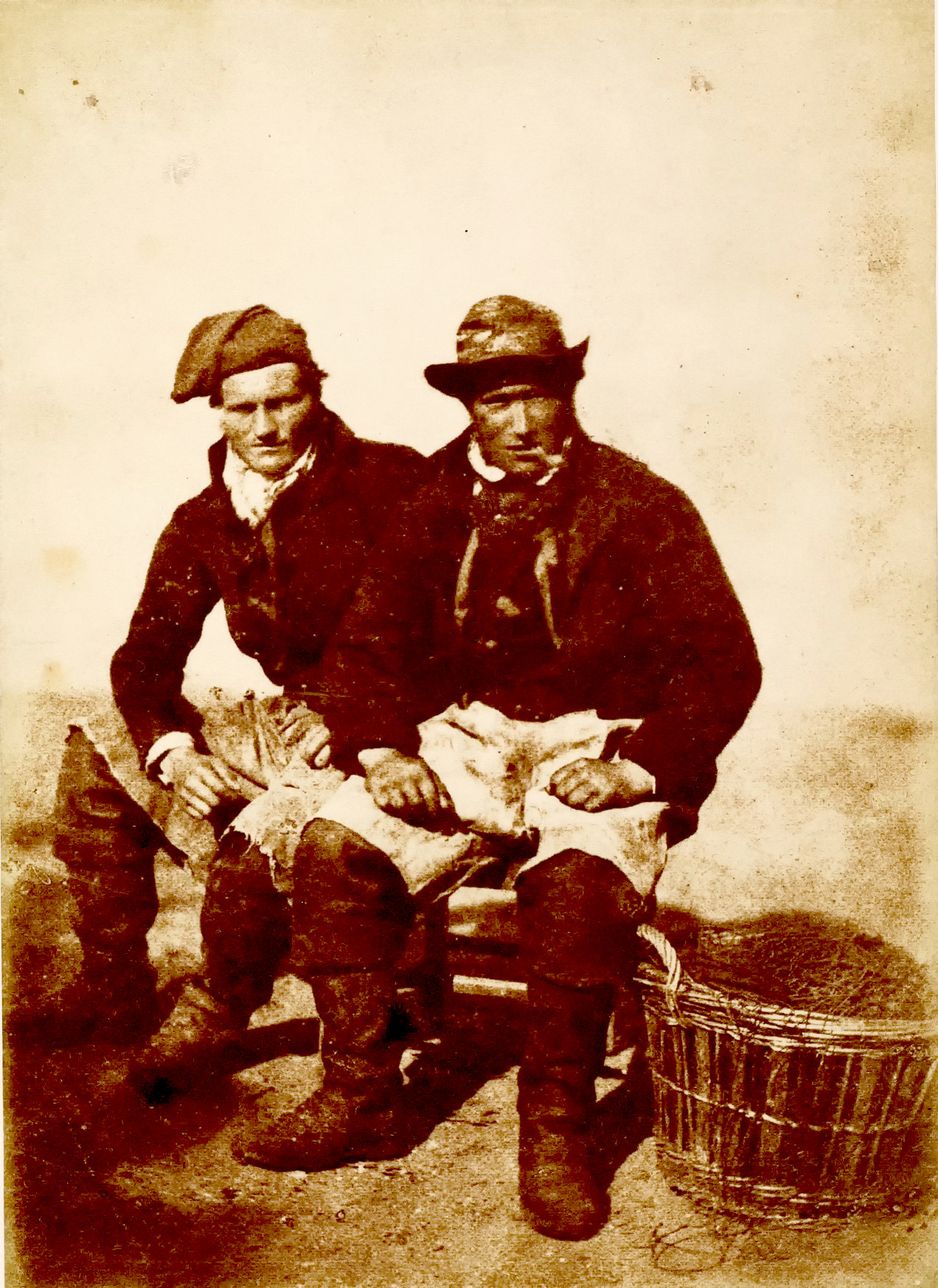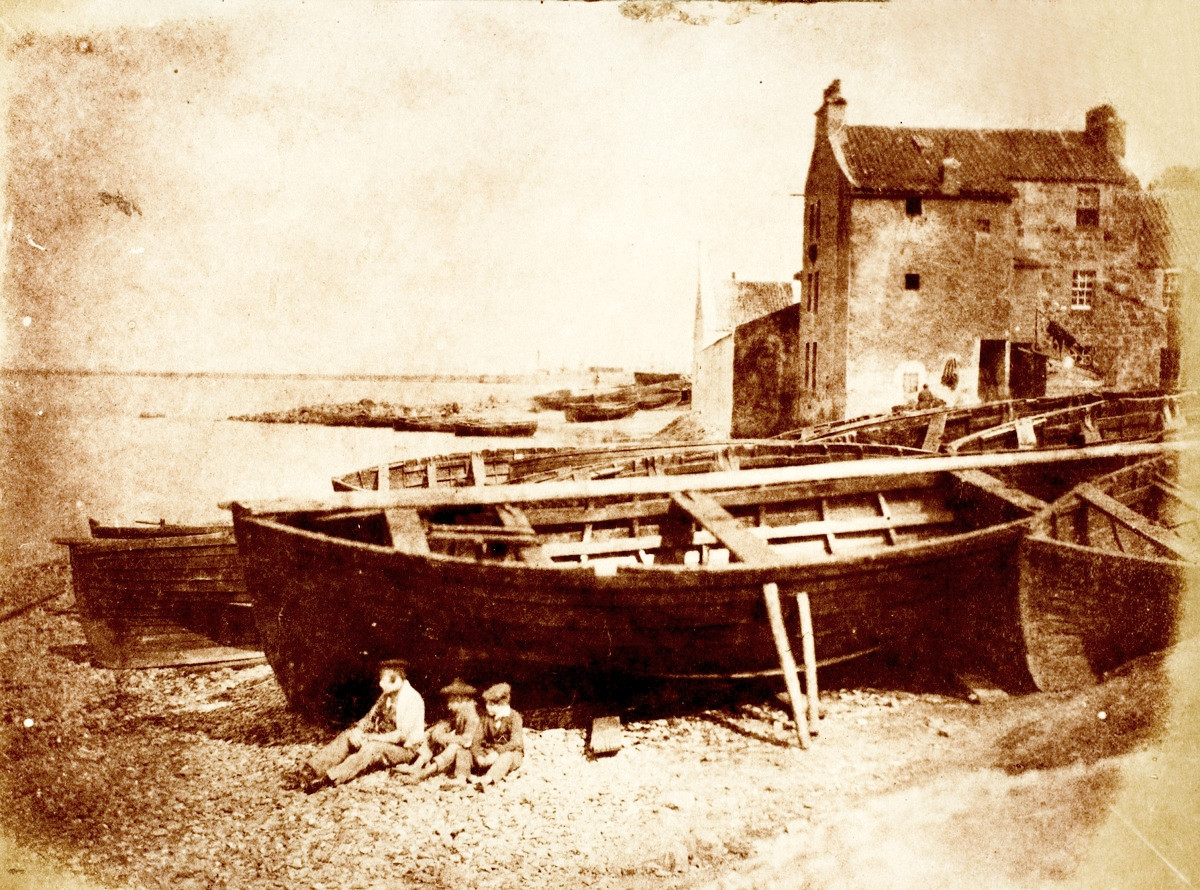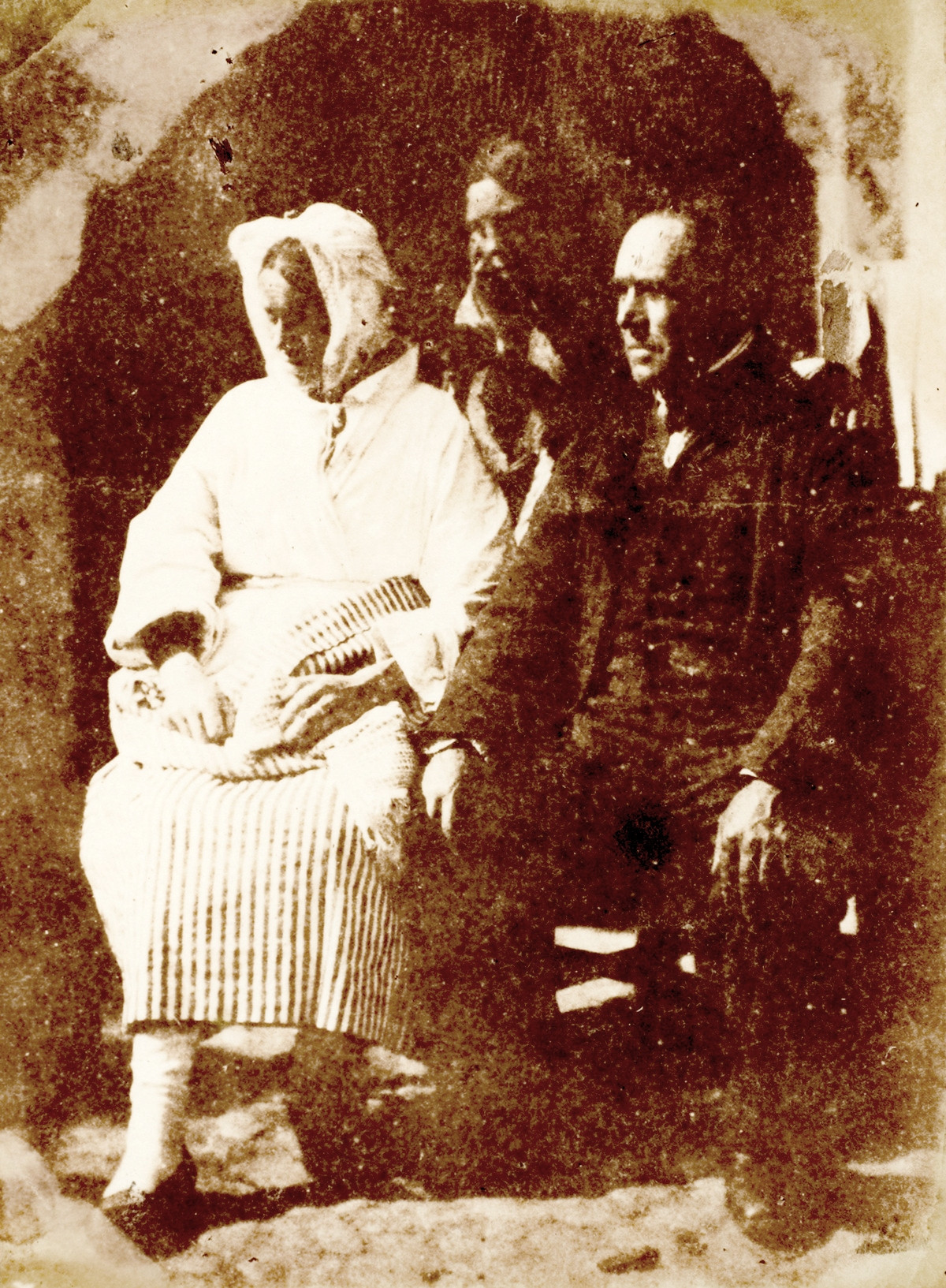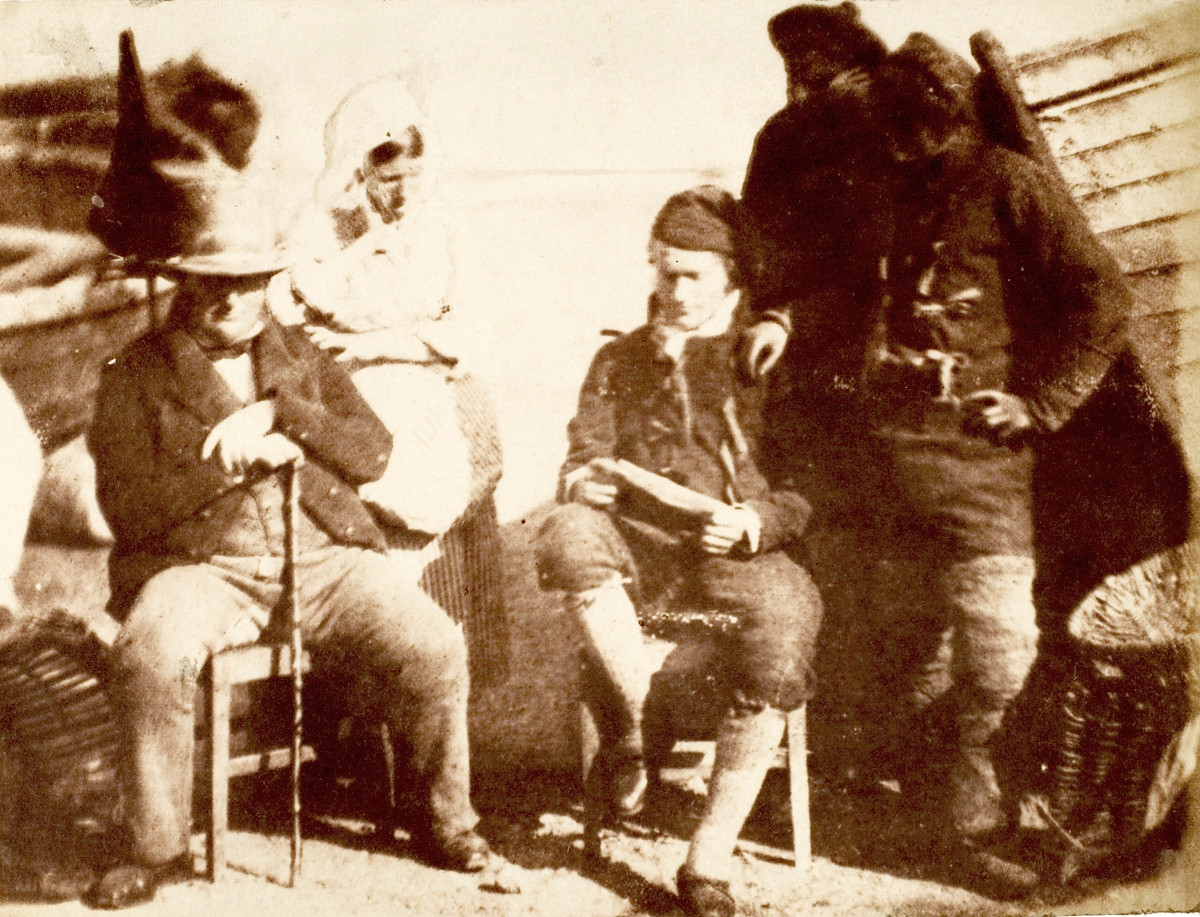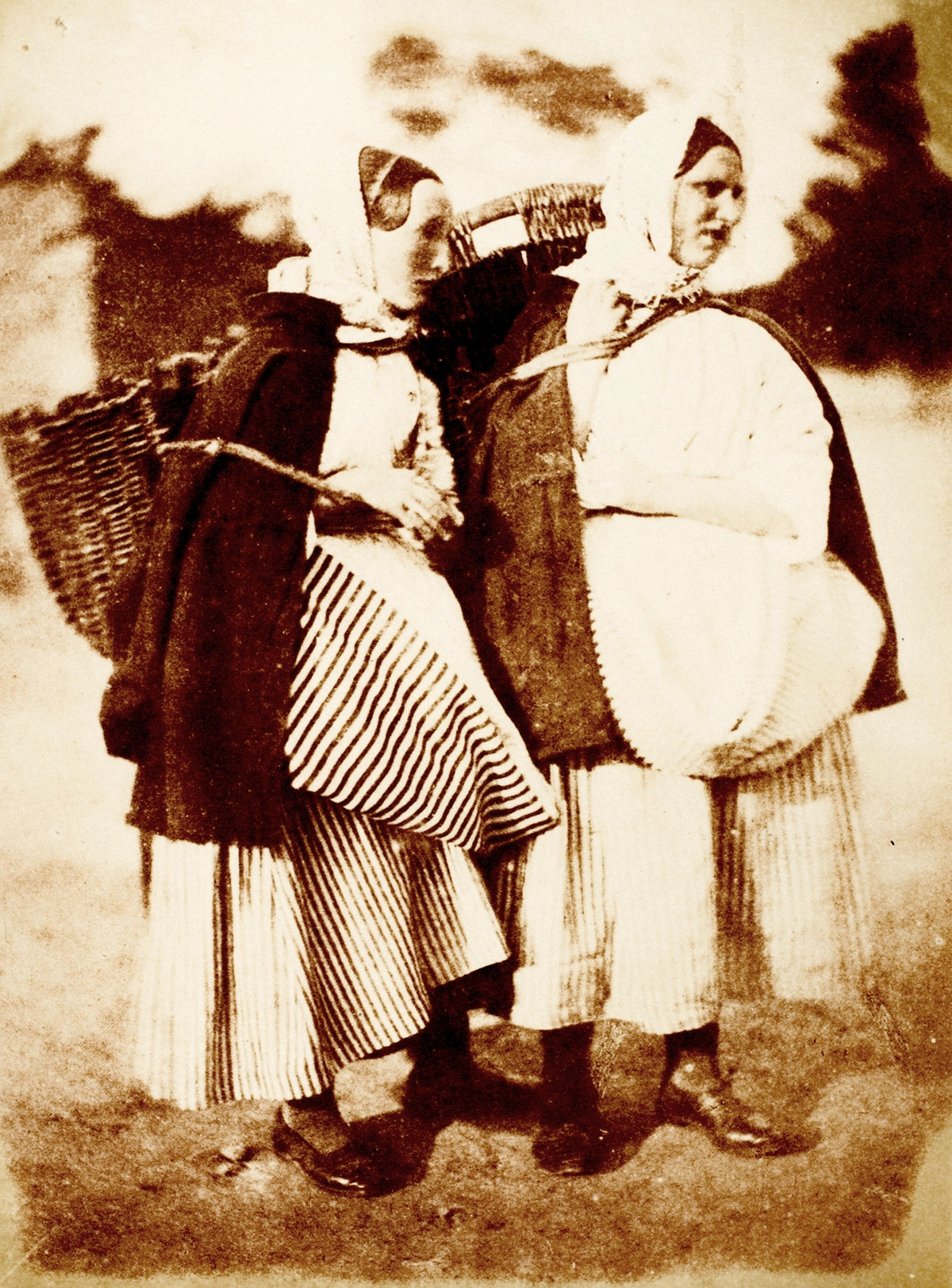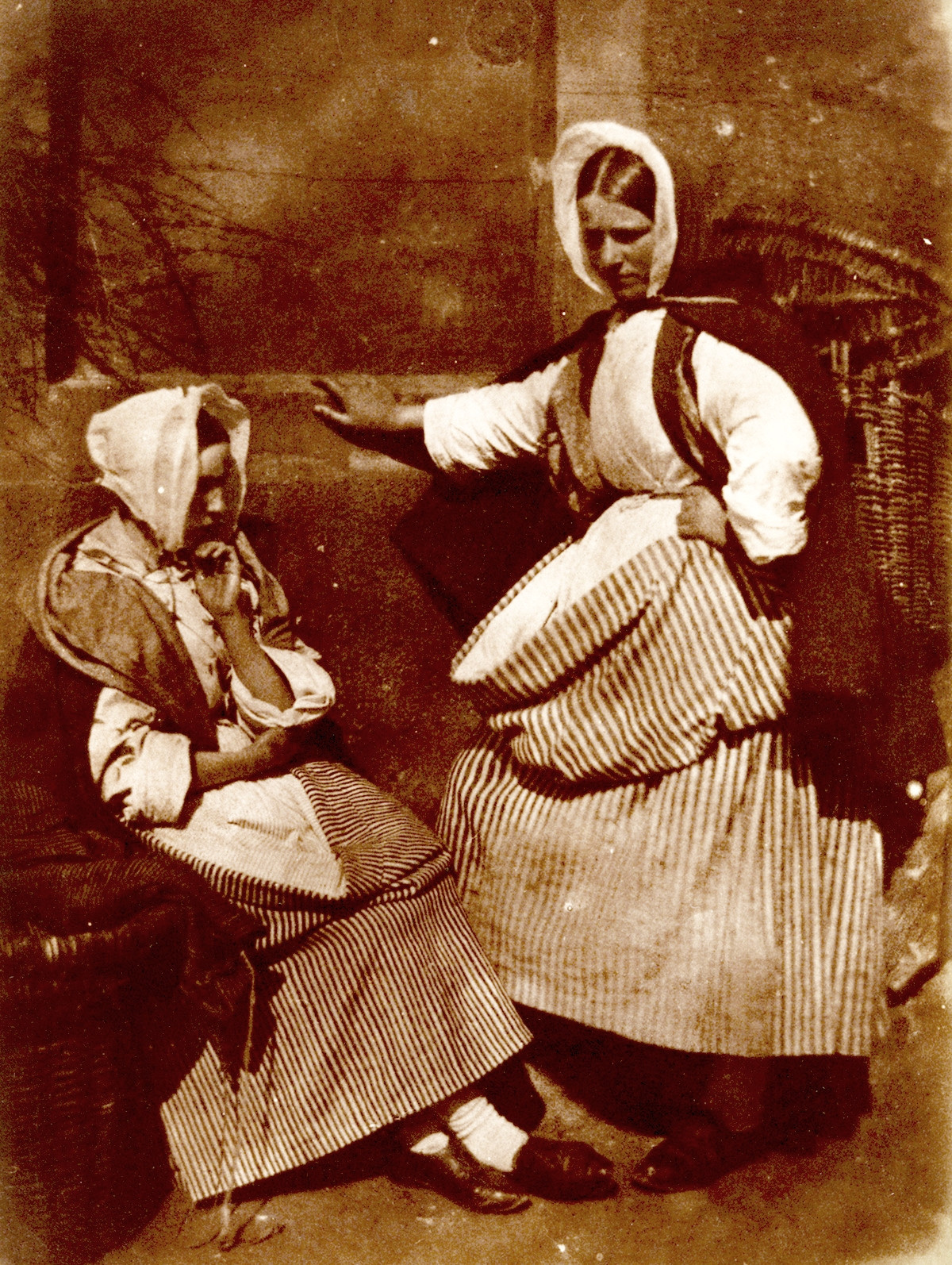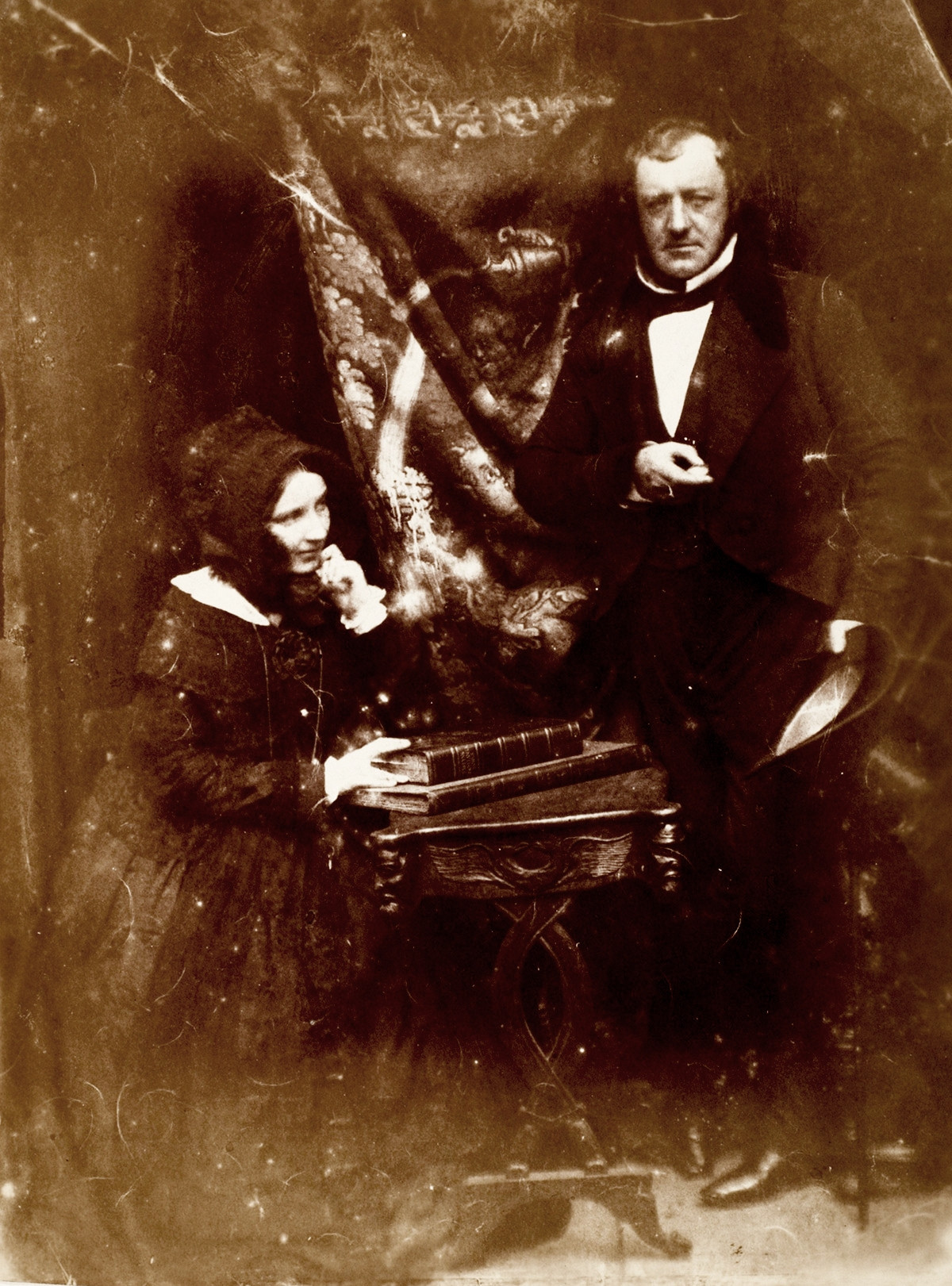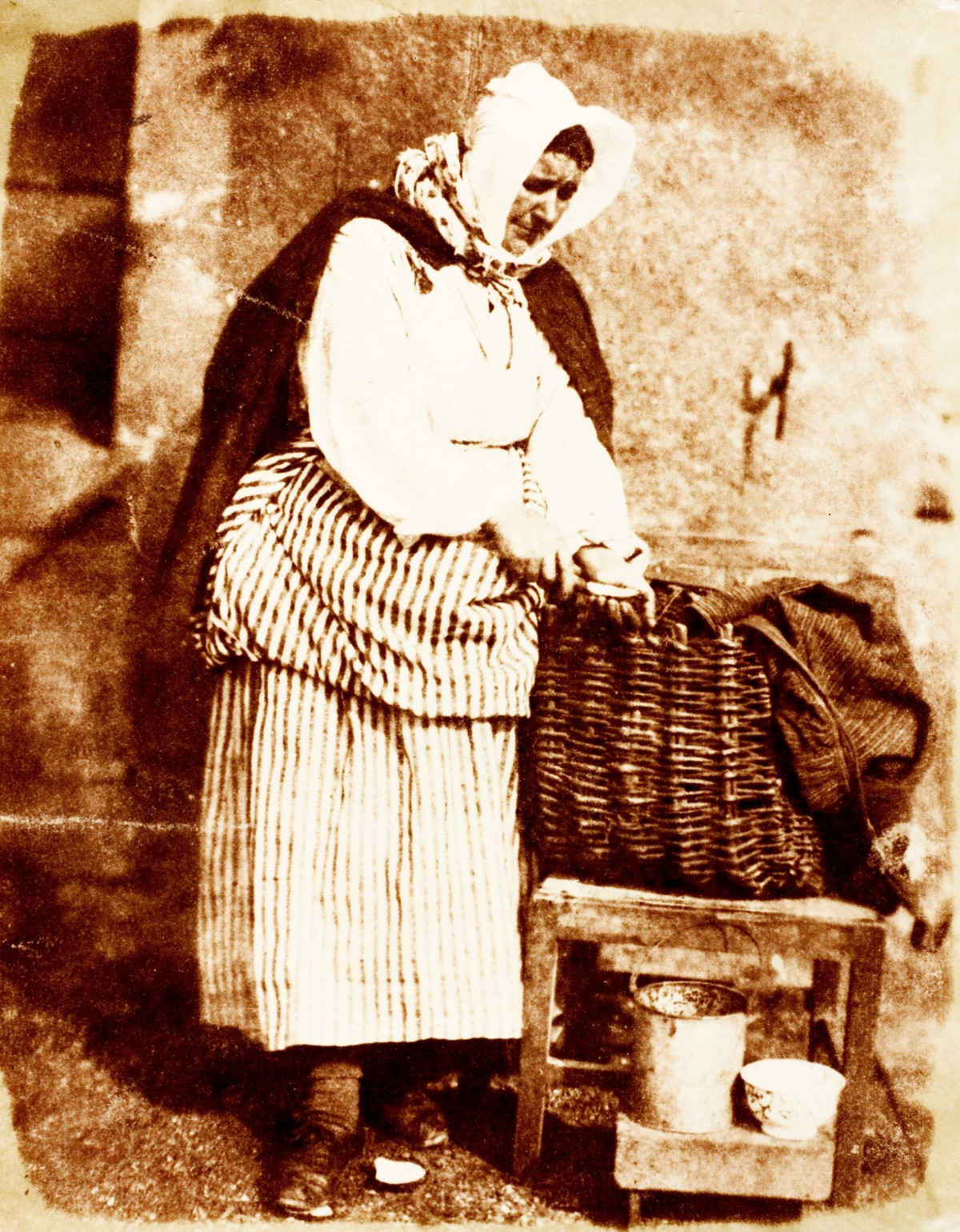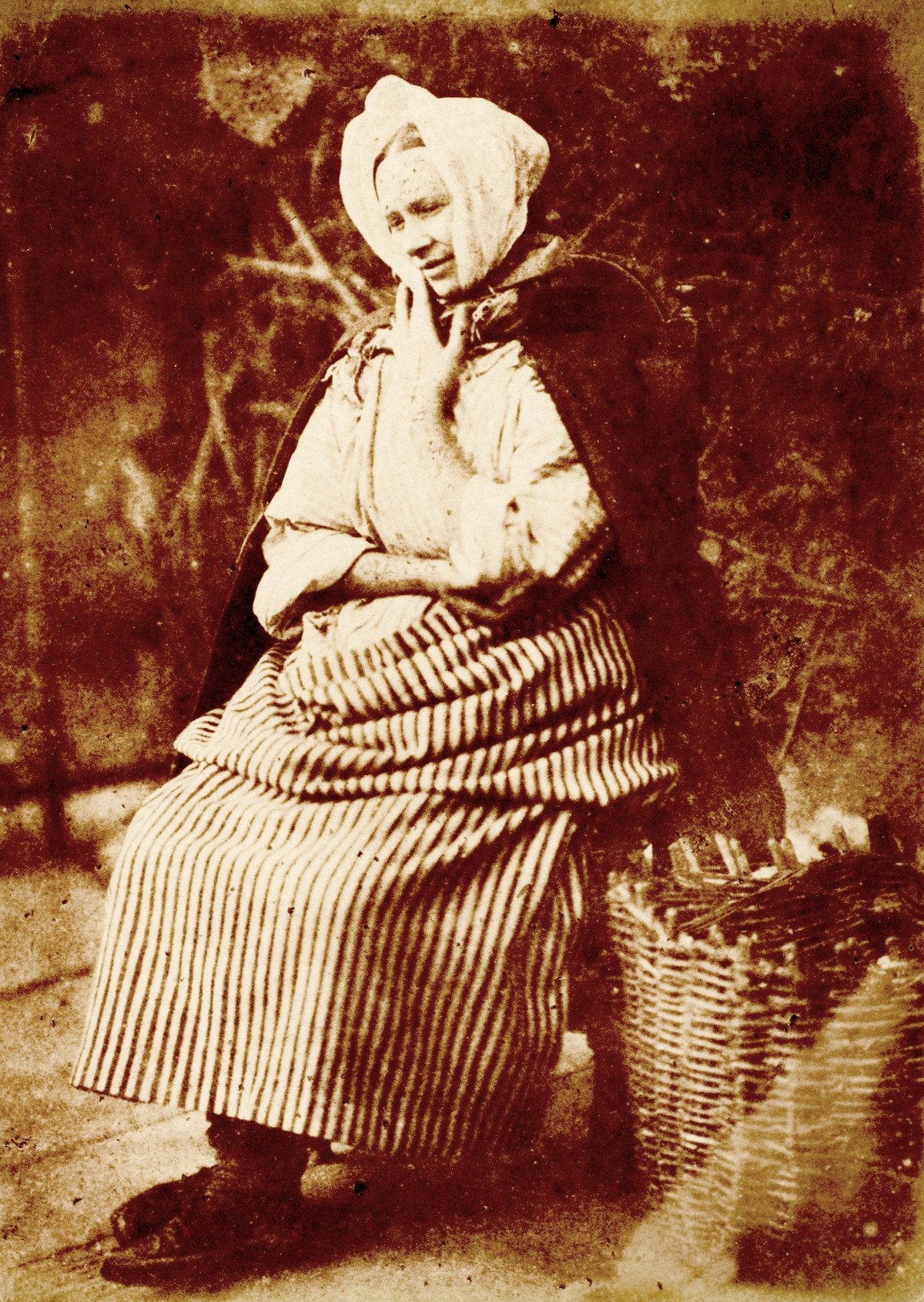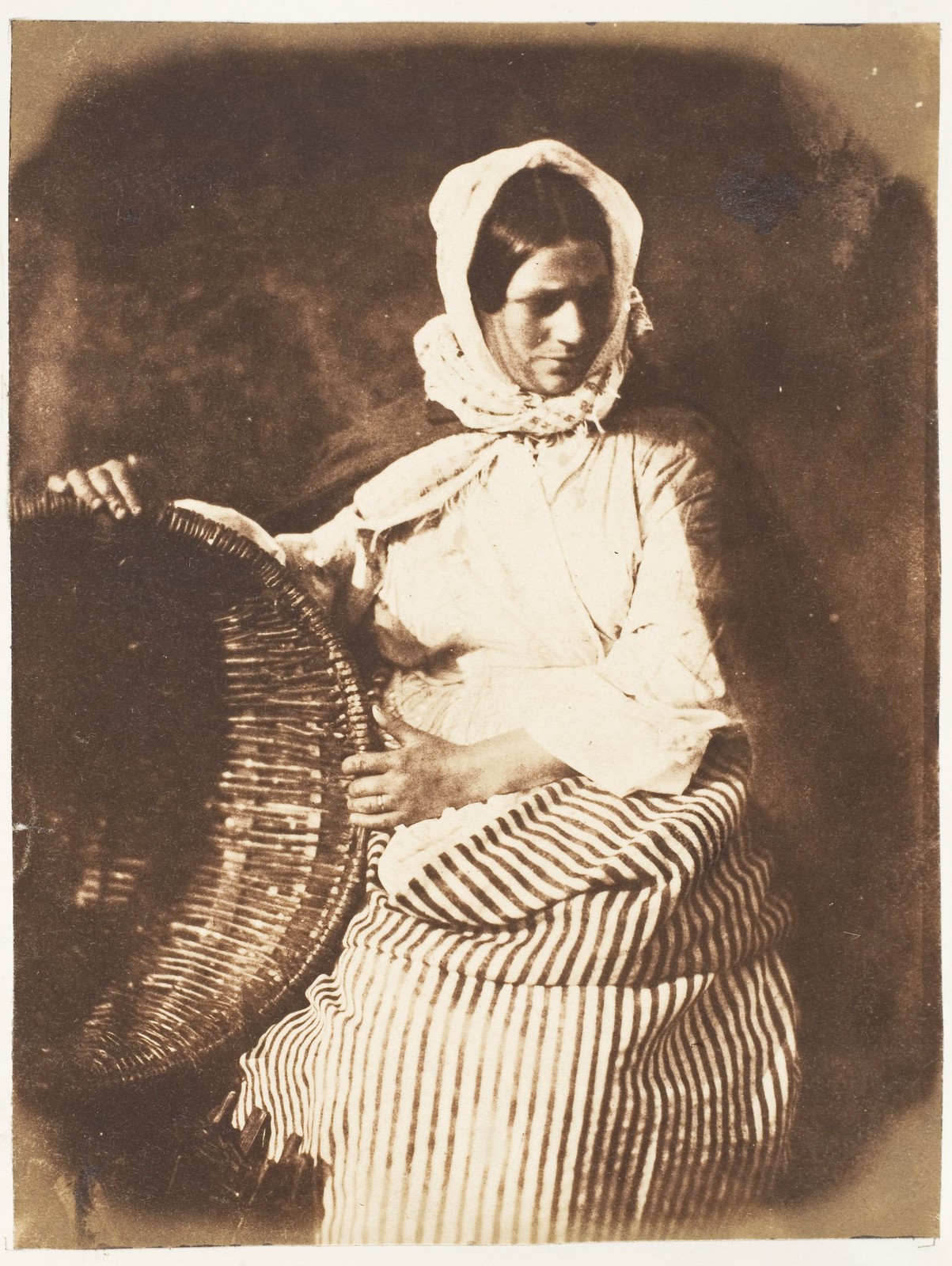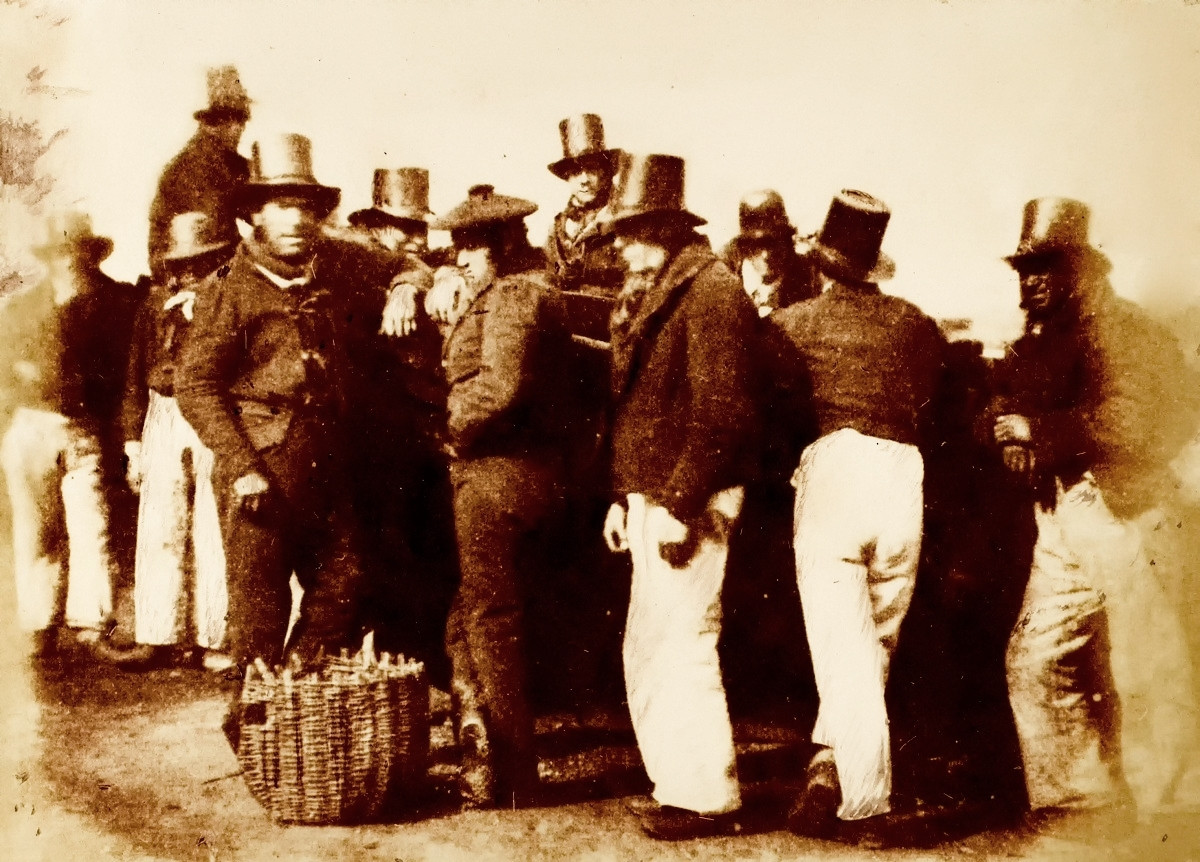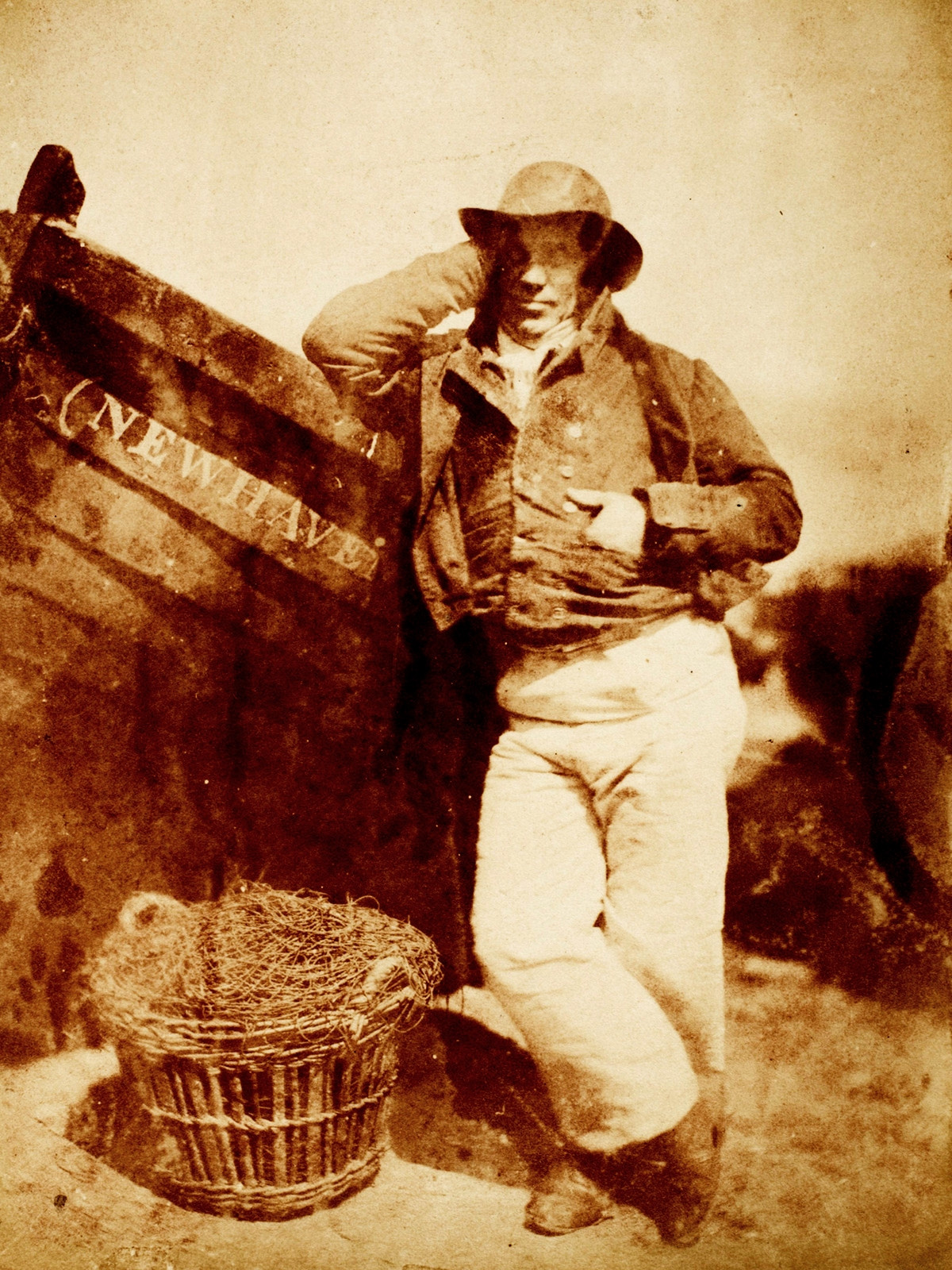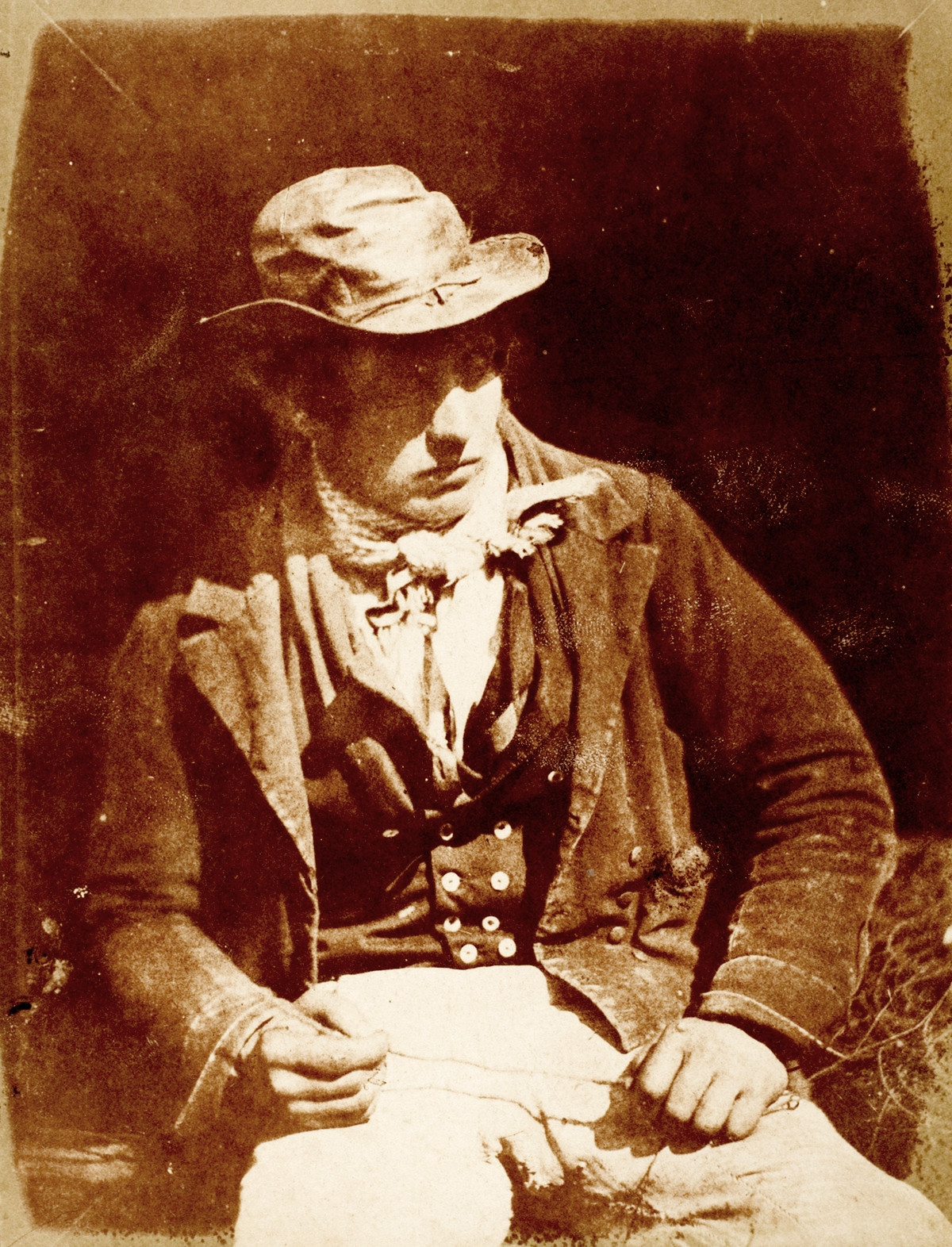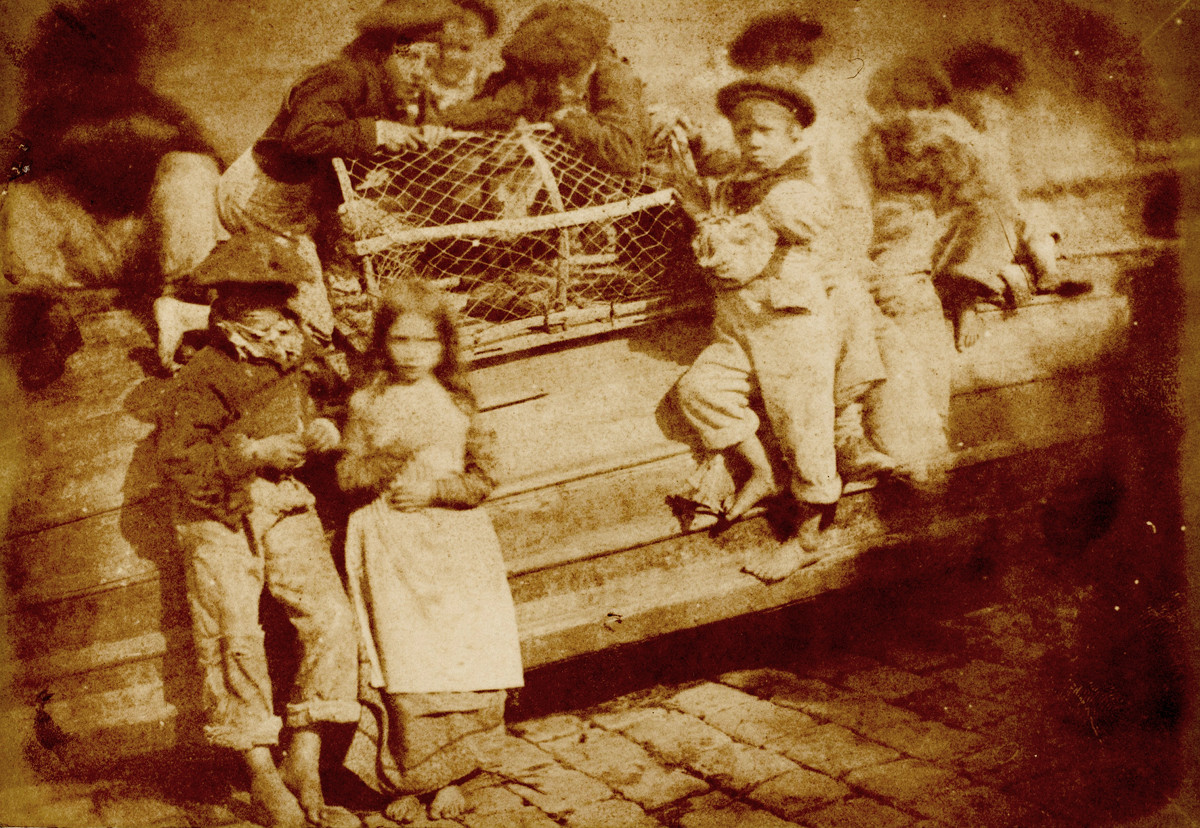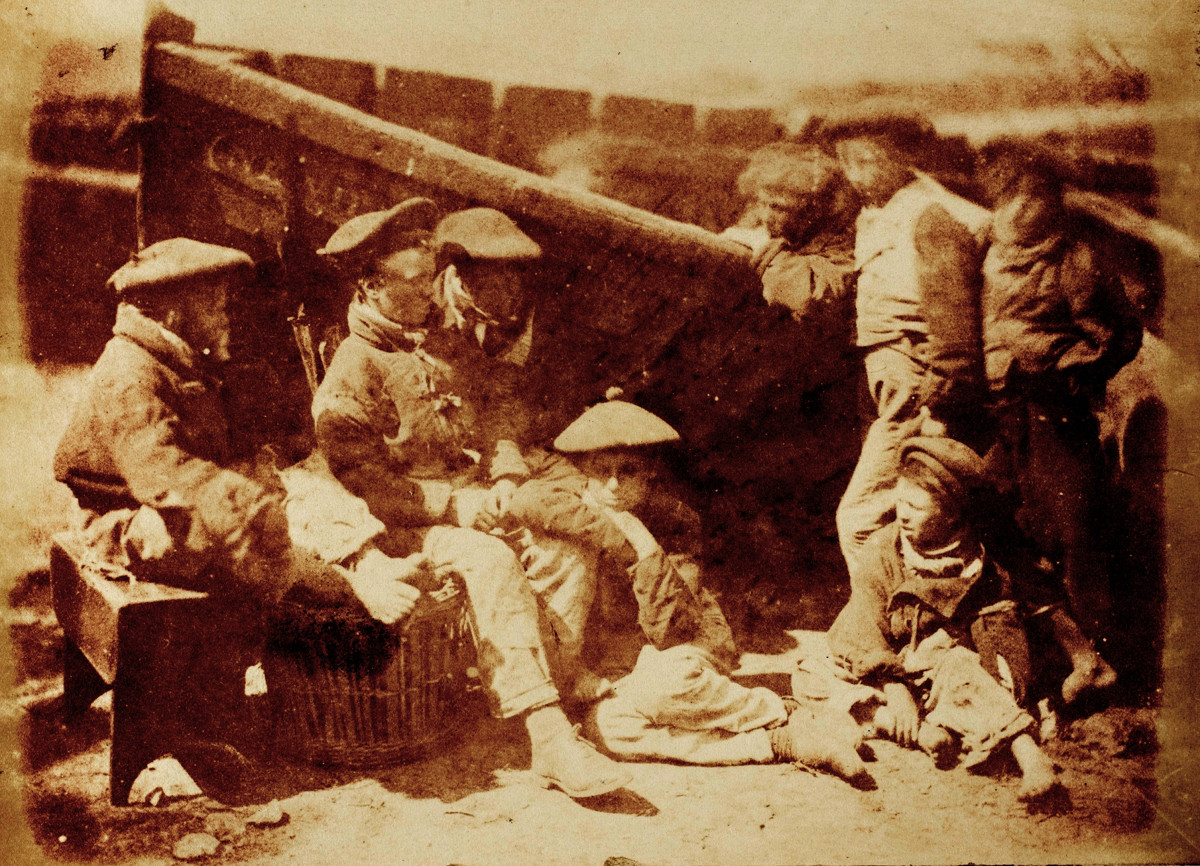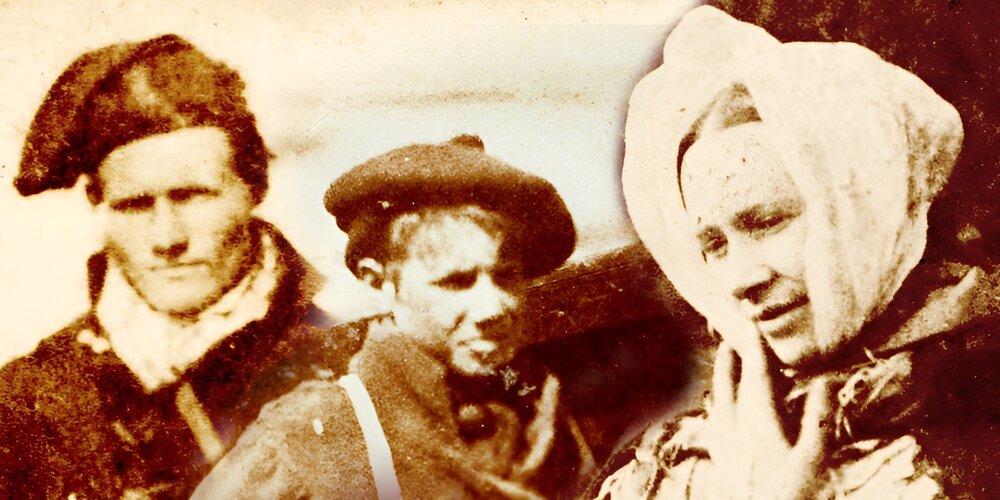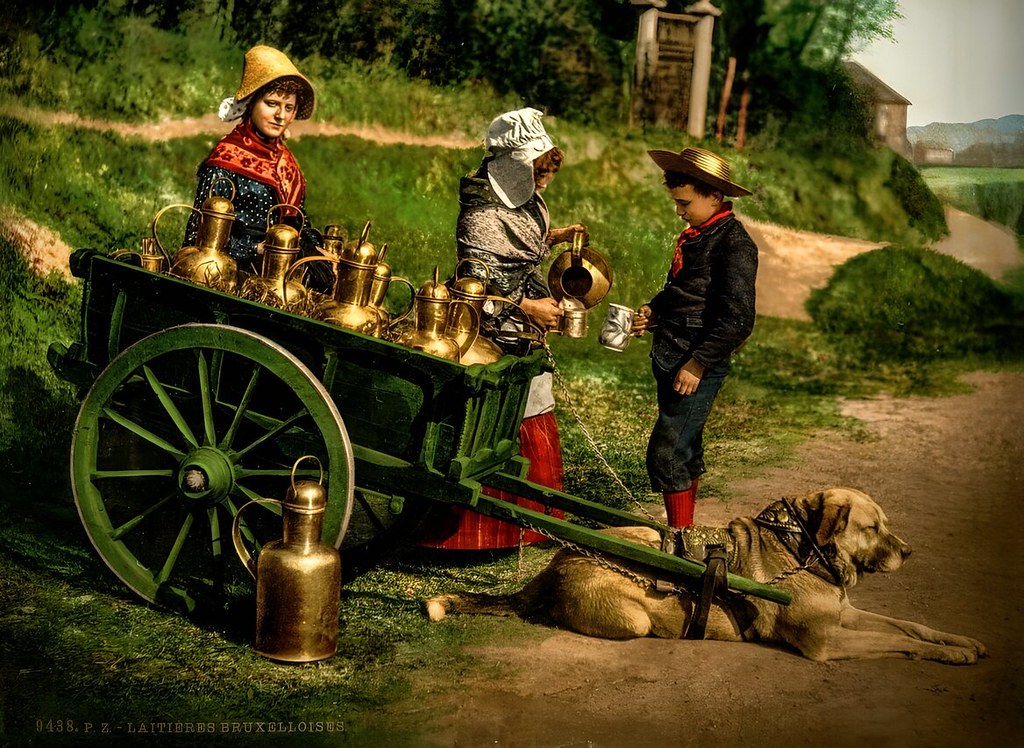Newhaven is a small harbor port within the city of Edinburgh and a designated conservation area.
Once a thriving fishing village, in the midst of the 1840s industrial boom, it became the subject of the world’s first photographic social documentary project.
When photography was still in its infancy, David Octavius Hill and Robert Adamson were among the first to use an artistic approach, producing hundreds of Rembrandt-like portraits during their partnership years.
The early paper-negative process didn’t allow them to take photographs of fishermen out at sea, so they concentrated on the working lives of those on shore, particularly the women of Newhaven.
Dressed in their traditional striped aprons and woolen petticoats, the women would bait lines, help unload and clean a fresh catch, then haul it up the hill to Edinburgh in specially made willow baskets to sell at the fish market.
At a time when the Industrial Revolution was in full swing and providing jobs at the expense of cottage industries, Newhaven was a shining example of how a traditional fishing community could coexist alongside the great factories.
Evident in the faces of the good honest workers is the grit and determination to keep their tradition alive—qualities that were enhanced by the gritty medium used by Hill and Adamson.
The images were assembled into albums and presented to the Royal Scottish Academy in 1852.
